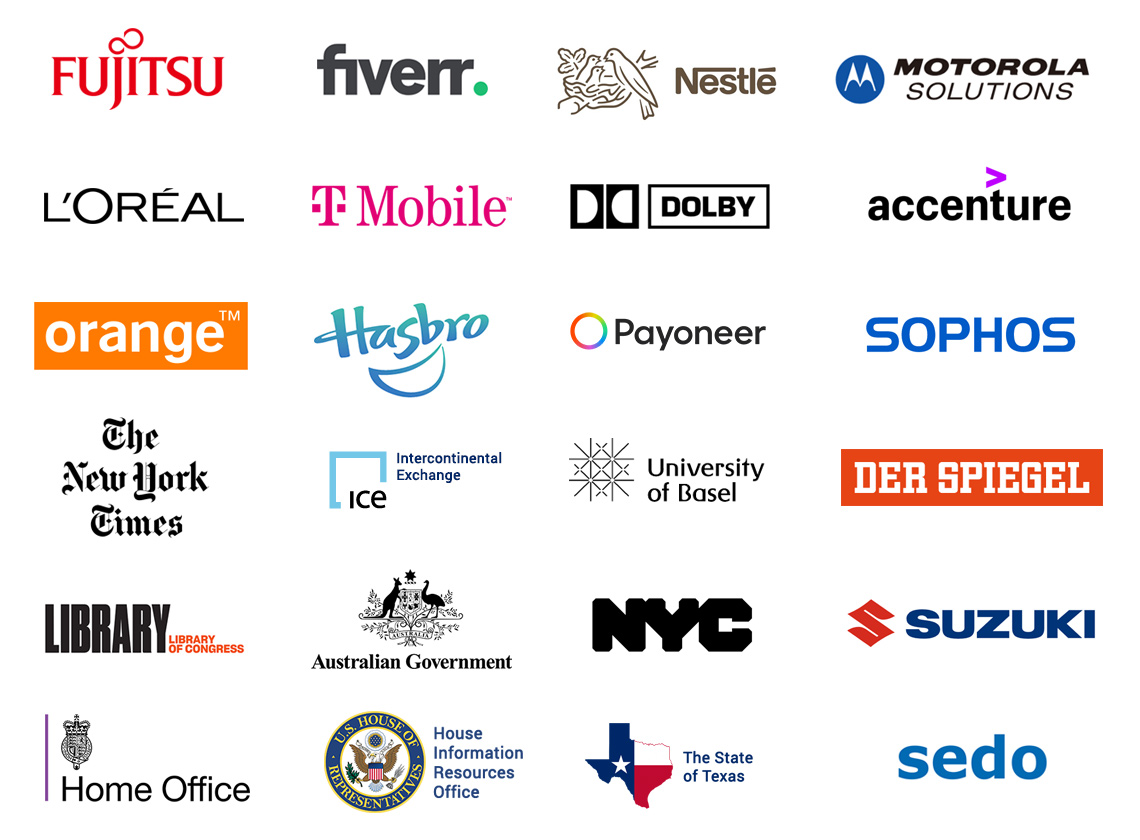TLDR: A demo speaks louder than a thousand words. You can connect to an online application sandbox created by me and my team via browserling.com/browse. It allows you to download, run, and test suspicious software safely in a controlled environment.
Application Sandbox – What Is It?
An application sandbox, also known as an executable sandbox or program sandbox, is a security mechanism for separating running programs to mitigate system failures or software vulnerabilities from spreading. It typically operates by executing code in an isolated environment, such as a virtual machine, where it restricts the application's access to system resources and user data, thereby providing a controlled set of resources to the application. This approach is crucial in cybersecurity for safely running untrusted executables or code, effectively preventing malicious software from harming the host system or network.
What Are Application Sandbox Use Cases?
Malware Analysis
Cybersecurity professionals utilize application sandboxes to safely examine and analyze the behavior of suspicious code or malware without risking the integrity of their primary systems. This critical process allows for the identification and understanding of malware mechanisms and attack vectors, which is essential in developing effective countermeasures and enhancing overall cybersecurity resilience.
Email Security
Executable sandboxes are used to inspect attachments for malware before they are opened by the user, enhancing email security. This proactive defense layer is crucial in preventing email-based cyber attacks, a common vector for malware distribution and phishing scams, thereby safeguarding sensitive personal and corporate information.
Software Testing
Software developers use application sandboxes to test new or updated software programs in a controlled environment, ensuring that potential bugs or issues do not affect the main operating system. This isolation is vital for maintaining system integrity and user trust, as it prevents the propagation of software anomalies and ensures the release of robust, reliable applications.
Mobile Application Testing
Applications for mobile operating systems (such as iOS and Android) can be sandboxed to run in isolation, preventing apps from accessing data and resources without proper permissions. This method is key in protecting user data privacy and securing mobile devices from malicious apps, which is a growing concern in the mobile-first world.
Zero-Day Threat Detection
Program sandboxes are useful in detecting zero-day threats, as they allow security teams to observe how unknown or new software behaves in a confined environment. Early identification of these threats is critical to prevent the exploitation of vulnerabilities before they can be patched, thereby safeguarding systems against novel attacks.
Network Security Testing
Applications can be sandboxed to inspect and analyze traffic and interactions for potential threats before they make live network connections. This approach is essential for preemptive threat detection and maintaining network integrity, ensuring that only secure, verified traffic is allowed within an organization's network.
Development and Debugging
Program sandboxes are essential for developers to debug code in a preconfigured environment, allowing them to trace issues without impacting their own system or production environment. This preconfigured environment is not only vital for identifying and fixing code errors efficiently but also for ensuring that the final product meets the highest standards of quality and reliability.
Patch Testing
IT professionals utilize application sandboxes for the critical task of verifying the safety and functionality of software patches before their deployment in a live environment. This method ensures that new updates do not introduce unforeseen vulnerabilities or compatibility issues, a key step in maintaining the stability and security of software systems. Such rigorous testing in an isolated environment is essential for preserving system performance and user experience, mitigating the risk of disruptive software failures post-update.
Education and Training
Application sandboxes serve as educational platforms where students and new cybersecurity professionals can safely study malware and attack methods without risks. This hands-on learning approach is essential for developing real-world skills in a risk-free setting, preparing the next generation of cybersecurity experts to tackle evolving digital threats effectively.
User Behavior Analysis
By running applications in a sandboxed environment, organizations can analyze user behavior and interactions with software, aiding in UX design and functionality improvements. Understanding user interaction patterns in this controlled setting is critical for tailoring software design to user needs, enhancing user satisfaction, and improving overall software usability and effectiveness.
What Is Browserling?
Browserling is an advanced online application sandbox platform, expertly designed for the secure and isolated testing of a broad spectrum of digital elements including malware, executables, web applications, and browser compatibility. This service equips developers, cybersecurity professionals, and testers with a robust environment to execute and scrutinize applications across a variety of browsers and operating systems. It eliminates the need for local software installations, thereby significantly reducing the risk of data cross-contamination and enhancing security measures. Furthermore, Browserling's sandbox environment is an invaluable tool for comprehensive software testing, patch verification, and zero-day threat detection, providing an essential layer of protection against potential system vulnerabilities and cyber threats. This platform is not only a go-to tool for developers ensuring cross-platform functionality of applications but also a strategic asset for IT security teams in safeguarding digital infrastructure.
Who Uses Browserling?
Browserling has now become the application sandbox of choice for security professionals and it's used by hundreds of thousands of users around the world every month. Browserling's customers include governments, states, cities, banks, stock exchanges, universities, newspapers, Fortune 100, Fortune 500 companies, and private multi-billion dollar companies.

Stay safe!
